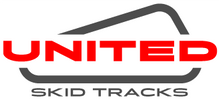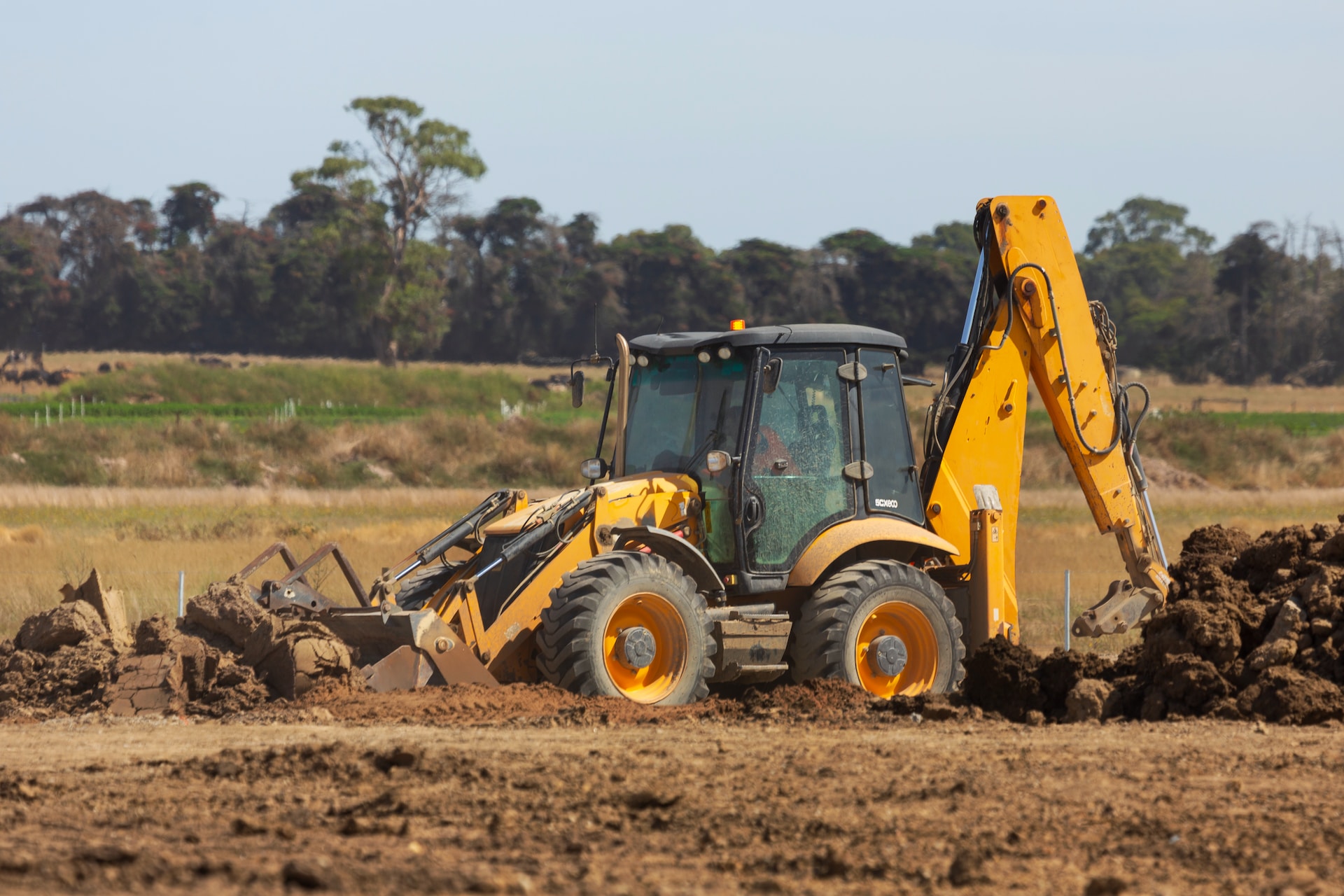5 Vital Mini Excavator Safety Tips: An Informational Guide to Mini Excavator Safety
Posted by United Skid Tracks on Sep 28, 2023
Known as vital components of numerous light demolition projects, such as material handling and landscape construction, mini excavators are among the top choices today for getting essential jobs done.
Because of the rise in the use of these compact machines on job sites, it is important to note some key mini excavator safety tips to keep operators both safe and productive. Check out this list of helpful tips you should consider when operating a mini excavator on any job site.
First, What Qualifies as a Mini Excavator?
Mini excavators are mainly identified as weighing under 10,000 pounds, which is equivalent to 5 tons. These versatile machines can be equipped to tackle most projects because many come with varying bucket sizes, as well as interchangeable attachments depending on the task at hand.
When handling and navigating, here are some strategies and tips for working with mini excavators both before and during completing a project.
1. Wear the Appropriate Safety Gear
Any time you are on a job site, it is important that you wear the appropriate personal protective equipment (PPE) to reduce the risk of injury. As noted by the United States Department of Labor, PPE can include items like a reflective vest, a hard hat, safety glasses or goggles, and durable work boots.
All of your safety gear should fit comfortably in order to encourage consistent use. For a complete list of PPE equipment that you should utilize on your job site, visit the Department of Labor website.
2. Assess the Equipment and Project Area Before Use
Once you are properly fitted and equipped with suitable safety gear, another mini excavator safety tip includes familiarizing yourself with the equipment you will be working with, as well as the space you will be working within. This can include the following:
- Assessing the terrain for any slopes where navigating your movements may become more difficult
- Surveying the mirrors and windows of your mini excavator and adjusting them for maximum visibility
- Confirming the location of the excavator pedals, levers, and other unique machine functions
Another thing to keep in mind is that if you are dealing with terrain that includes slopes or hills, make sure to travel on slopes vertically. If you travel diagonally, you increase the risk of slipping on the hill or even tipping your mini excavator. If for any reason you need to change direction while on a hill, make minor steering adjustments.
3. Always Maintain Three Points of Contact with Your Mini Excavator
This mini excavator safety tip is crucial, especially during the operation of the heavy machinery. When you are entering and exiting the cab, you should maintain three points of contact with the equipment at all times. This can include two feet and a hand, or two hands and a foot on the machine.
This will help you maintain balance when entering and exiting the mini excavator, ultimately reducing the risk of potential slips and falls, which can lead to injury.
4. Do Not Exceed the Load Capacity of Your Bucket
Buckets can come in various shapes, sizes, and holding capacities. For proper mini excavator safety, do not ever go over the load capacity of your given bucket. If you do, you pose a greater risk of tipping the mini excavator over, which can damage various parts of your machine, and potentially cause harm to people on the site.
That is why we recommend that you calculate the excavator bucket capacity before using a mini excavator on a job site. You can do so by using this formula:
Mini excavator volume = width x height x length
It is important to note that this calculation will not be completely accurate since buckets can feature odd and nonuniform shapes. Therefore, you will not always be able to accurately determine the exact volume.
Because of that, we recommend using this interactive capacity calculator to help in estimating, or that you even overestimate the value to ensure the load cannot be exceeded.
5. Maintain Your Bucket When Loading and Transporting Loads
Some quick tips for working with mini excavators both during loading and transporting include:
- While loading, avoid swinging the cab and the bucket around
- Do not attempt to remove debris from your bucket by swinging it or hitting it against the ground
- Keep the bucket close to the ground while transporting to increase cab stability
- Slowly place the bucket back on the ground once your task is complete
By following all of these mini excavator safety tips, you should be able to seamlessly navigate a job site in a productive, efficient, and, most of all, safe manner.

